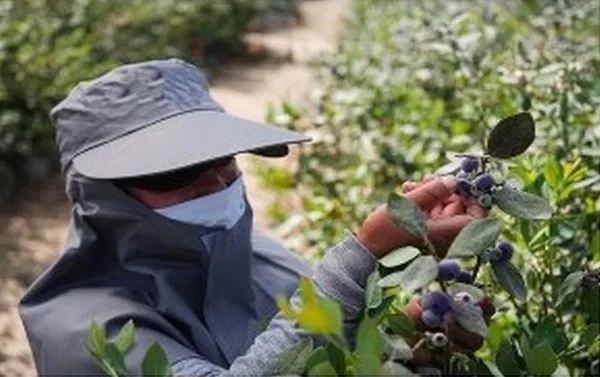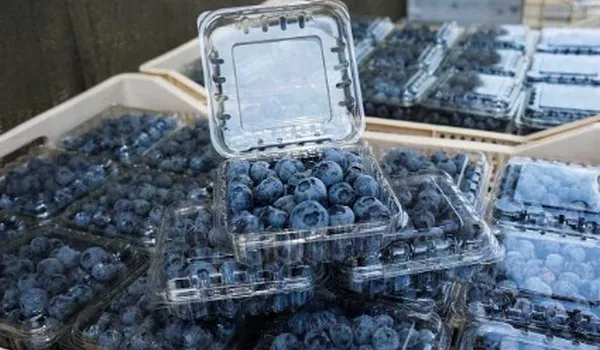Despite Peru exporting 28% more blueberries to world markets, the average prices have been lower compared to last year. The country reached 33 markets with 217 000 tons of blueberries exported up to the end of last week (week 46), says Luis Miguel Vegas, general manager of Proarandanos. “We shipped 52% more to the US, 31% more to Europe, 14% more to China, and 2% more to other destinations compared to the same time last season.”

The war in Ukraine as well as high input costs are eating into the margins of Peru’s blueberry producers, says Miguel Vegas. Proarandanos is the Peruvian Blueberry Growers & Exporters Association. “This season the average FOB price was $5.47 per kg, last season it was $5.85. From one side the prices are lower than previous season. In Europe, the consequences of the war impacted on sales. On the other side of production, the costs kept on rising.
"Because 99% of Peru’s fruit is sent via boat, it has a big impact on costs. The ocean freight costs are still high and have not returned to pre-pandemic levels. This means the margin per hectare for producers has decreased. They found themselves in the position where the market prices are low and input costs are rising. The international context made the costs keep on rising. That’s why we made this announcement, for different stakeholders to be aware of these rising costs. The blueberry industry in Peru is not immune to this global context. We must be aware that conditions have changed. Margins have and are tightening. That is why it can be described as a challenging season.”
“We hope the freight costs starts normalising to pre-pandemic levels. Hopefully the markets also responds better. They have to keep incentivising our growers for the sustainability of the industry, because we can provide 52 week availability. We have a great product, Peru is doing a good job, and we can offer a steady supply of good fruit throughout the season. We have the climate to supply great blueberries during the whole year.”

Other markets and the near future
Peru’s blueberries were supplied to more markets than in previous years. Besides their main markets of the US, Europe and China the other markets include, the rest of Latin America (Central America and Brazil), the Middle East and Asia – that include India, Malaysia, Taiwan and Singapore.
Peru currently has 18 000 hectares registered, with 65 different varieties planted. “There is an evolution, in 2016 we had 1 932 hectares with 13 different varieties. In 2016 Biloxi was the main variety, now it only makes up 25% of the overall plantings. We have increased the hectares planted with newer varieties.
"We have already seen the replacement of older for new varieties. We don’t see major investments to increase the area planted. Companies are replacing older with newer varieties. We see that companies have a lot of test plots, with about 10 varieties planted but in the end they only choose about 4 or so suitable ones. We don’t see future volume growth coming from new hectares, but rather from more productive hectares that have been renewed and, as plants mature, we will see it get more productive. Our annual growth is at 1 000 new hectares, whereas five to six years ago we saw growth of 3 000 hectares per year. The growth in hectares slowed down. We will see more volume growth in the next four to five years from the new more productive replacement varieties,” concludes Miguel Vegas.
For more information:
Luis Miguel Vegas
Proarandanos
Tel: +51 980 503 363
Email: contacto@proarandanos.pe
www.proarandanos.org
